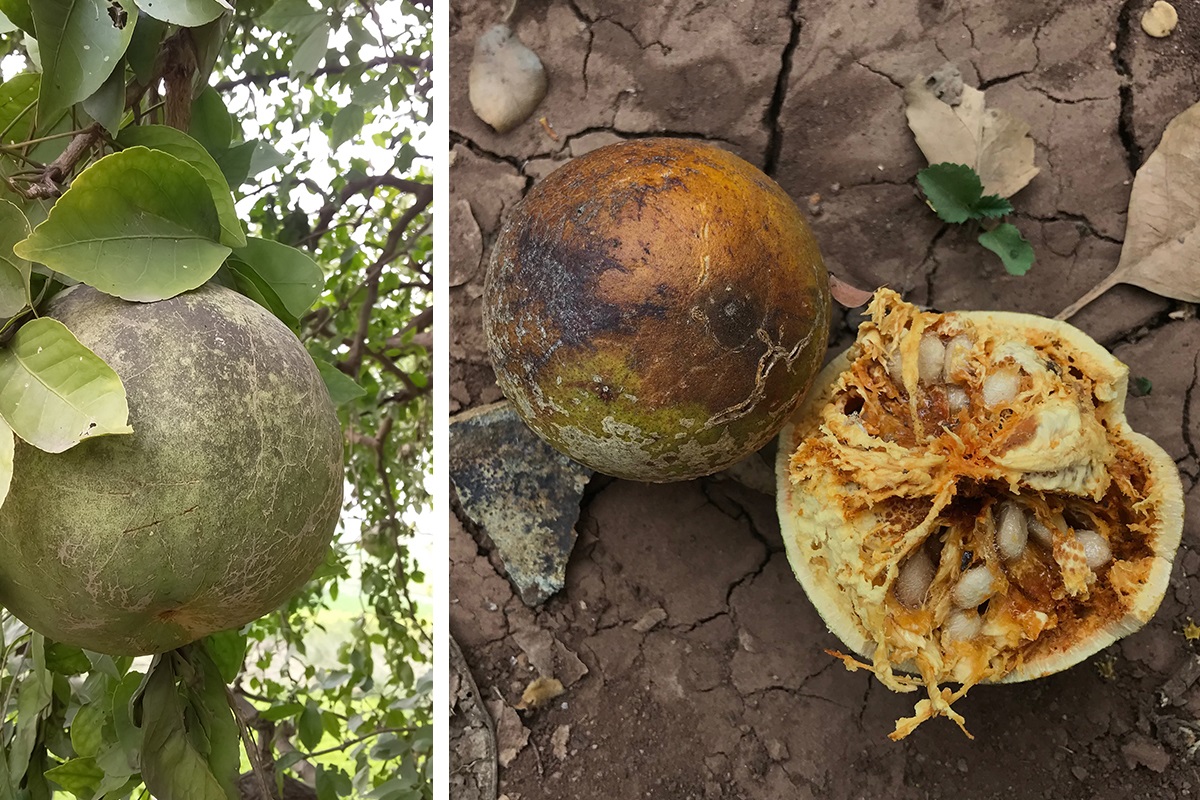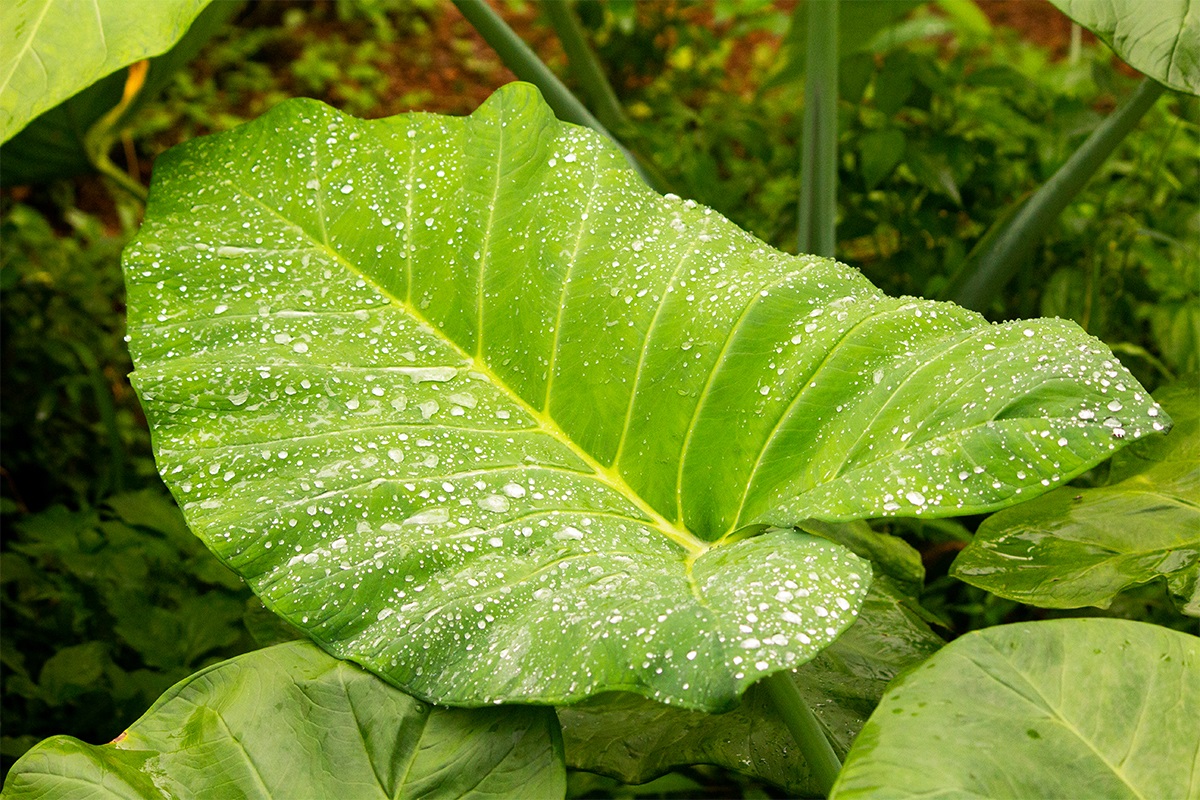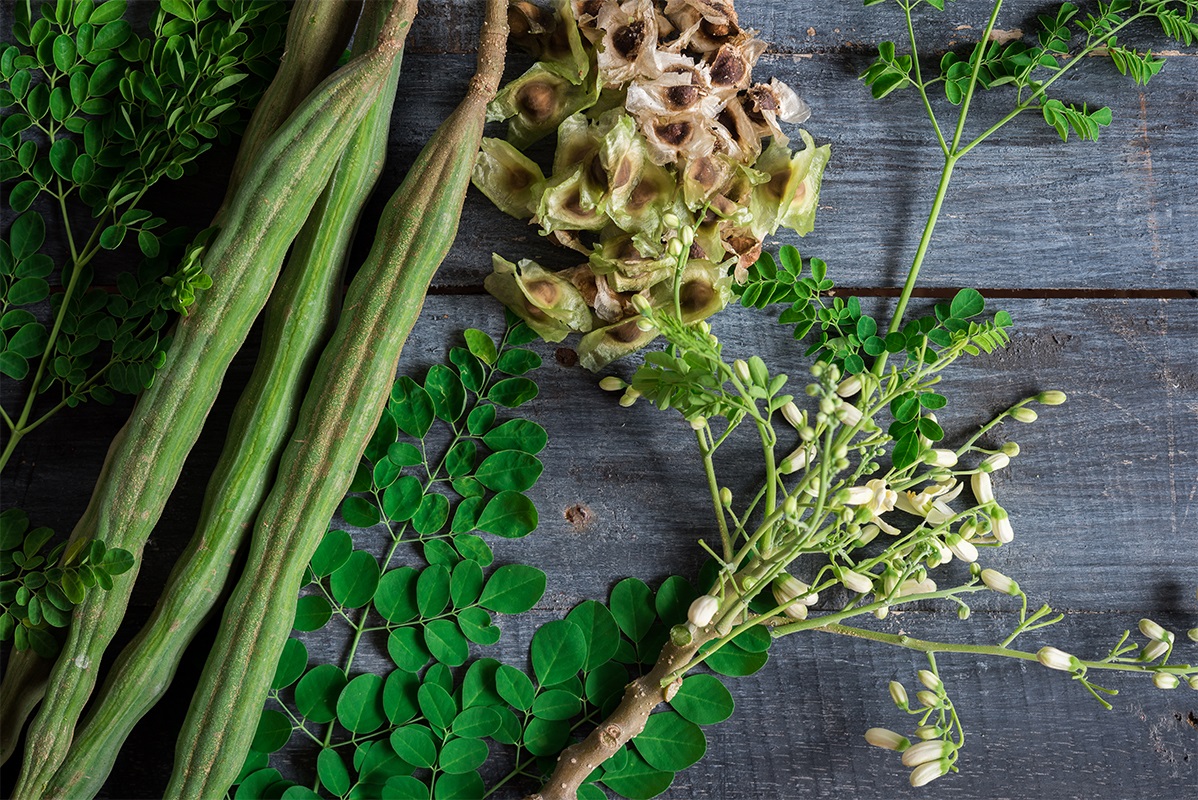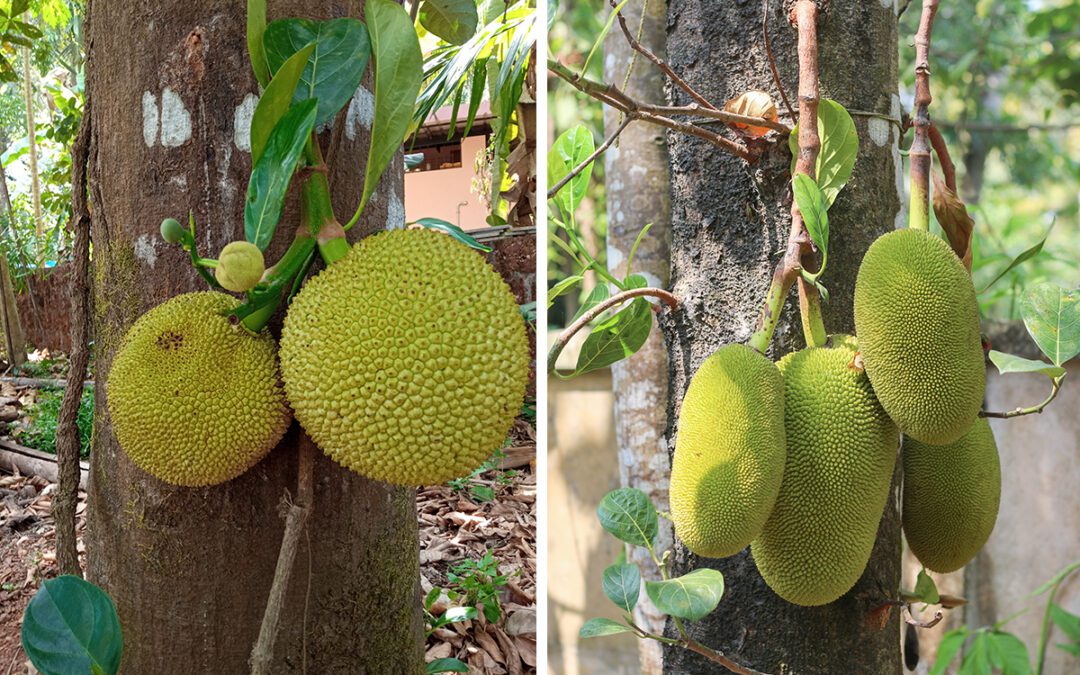There are thought to be 350,000 different plant species in the world, and 75,000 of those are thought to be edible by most people. Most of these are limited in their exploration and act as a hidden supply chain to partially fulfill the food security and microeconomic benefits for the local or ethnic people or those nomadic people who are staying beside the forest region. This is a great source of income and a backbone of the tribal market found throughout the socioeconomic culture. However, the main subject is that it has tremendous sources of nutritious, nutraceutical, and naturally grown foods; therefore, people are talking about its health-beneficial effect, especially after the COVID-19 epidemic scenario.
What are wild fruits and vegetables?
Vegetables and fruits that are produced naturally without domestication and cultivation processes like irrigation, use of fertilizer, pesticides, insecticides, or other chemicals, and nursing are called wild vegetables or wild edible plants (WEP). Wild edible plants are mostly naturally grown in forests, the fringes of farmlands, and sterile land. Due to unknown health benefits, the products of wild vegetables and fruits are mainly demanded to fulfill the local market. Sometimes, it is also called famine relief food during times of scarcity of food in the locality. Wild edible plants are one of the most potent sources of nutraceuticals, and bioactive compounds such as polyphenols, vitamin B, vitamin C, proteins, carbohydrates, and fibre in food.

What is the significance of wild fruits and vegetables or edible plants?
Wild fruits and vegetables or edible plants would be a game changer for fighting malnutrition and improving the country’s Global Hunger Index (GHI) across the world. Whereas, India has secured position 107th out of 121 countries on the Global Hunger Index in 2022. There are some implications beneficial for consumption, as given below.
- Consumers can ensure they are free from chemicals, except for environmental exposure.
- Since wild fruits and vegetables or edible plants are collected from forests or bare land, the chances of heavy metal contamination are negligible in comparison to conventionally cultivated vegetables and fruits.
- Wild fruits and vegetables, or edible plants, are available at a cheap rate in the local market because they have no extra expenses during production.
- It helps in fulfilling local food demand, which is basically below the poverty level.
- It helps to earn money and boost microeconomics in the locality.
- Wild fruits and vegetables or edible plants are the signature foods of the locality and might be best suited for that environment to be consumed by the local people, tribes, or ethnic groups.
- Some wild fruits and vegetables are working as herbal medicine due to their healing efficacy.
- Intentionally or unintentionally, it promotes the conservation of a wild variety of edible plants, such as wild vegetables and fruits.

Some wild fruits and vegetables or edible plants are listed in Table.
The below table shows the diversified wild edible plants used in cuisines by local people, which is a distinctive symbol of culture, community, and geographical limit. In recent years, people have moved towards naturopathy and consumed more organic, natural, wild-edible vegetables and fruits to boost their immunity.
| Sl. No. | Scientific Name | Common Name | Locality | Part uses | Health beneficial |
| 1 | Moringa oleifera | Drumstick tree, Shajna (Hindi) | semiarid, tropical, and subtropical areas | Flower, Seed pods and leaves used in cuisine | Antioxidants, Lower Blood Sugar Levels, Lower Cholesterol. Rich in vitamin B6, vitamin C, riboflavin, and iron. |
| 2. | Aegle marmelos L | Soh bel or bael, Stone apple | India, Bangladesh, Sri Lanka, and Nepal | Fruits to make juice, leaves (Ayurvedic purpose) | Diarrhea, Dysentery, Nausea, Jaundice, Gastric troubles |
| 3. | Artocarpus heterophyllus | Jackfruit | India, Bangladesh, Sri Lanka, and Nepal | Fruits and seeds (used in cuisine) | antibacterial, antifungal, antidiabetic, anti-inflammatory, and antioxidant activities |
| 4 | Bambusa arundinaceae Willd | Bamboo | India, Bangladesh, Sri Lanka, | Tender shoot (used in cuisine) | Treat various inflammatory, skin diseases. |
| 5. | Centella asiatica L | Gotu kola, Indian pennywort | India, Bangladesh, Sri Lanka, Thailand, | The whole plant (used in cuisine) | antibacterial, antifungal, antidiabetic, anti-inflammatory, and antioxidant activities |
| 6 | Matteuccia struthiopteris | Ostrich fern or Fiddlehead fern, or Shuttlecock fern | Northern Hemisphere in central and northern Europe, Northern Asia, and Northern North America | Whole tender plant (used in cuisine) | Antibacterial Antiviral, Antioxidant Diabetes, and weight loss |
| 7 | Diplazium esculentum | Fiddlehead fern, Vegetable Fern, Paku tanjung, Pucuk paku | Northeast India, Western Ghats | Whole tender plant (used in cuisine) | Diabetes, Asthma, Diarrhea, Rheumatism, Dysentery, Headache, Fever, Wounds, Pain, Measles, Hypertension, and Constipation |
| 8 | Prosopis Cineraria | Khejri, Sangri (Rajasthan) Chhonkara (UP) | Western Asia, Indian Subcontinent, Rajasthan | Dried pods, and leaves (used in cuisine) | Leprosy, Dysentery, Asthma, Dyspepsia |
| 9 | Ficus racemosa | Cluster fig, Goolar (in Hindi), Dumur and Atti (in Tamil) | Australia and tropical Asia | Raw fruits as vegetables (use in cuisine) or full ripen fruits | Diabetes, Liver disorders, Diarrhea, Hemorrhoids, respiratory, Iron rich, and urinary diseases |
| 10 | Colocasia esculenta | Taro or Elephant ear, Yam, Cocoyam, Dasheen, Kachu | Southeastern Asia and Indian subcontinent | Corms, Tender leaves, and stems (used in cuisine) | Healthy weight loss, vitamin C, vitamin B6, and vitamin E, Antioxidant |
| 11 | Limonia acidissima | wood-apple, elephant-apple, Kaith (कैठ), Gujarati: Kotha | India, Andaman Islands, Assam, Bangladesh, Sri Lanka | Fruits | Liver, cardiac tonic, dysentery |

How to collect wild edible vegetables, fruits, or plants?
Wild edible vegetables and fruits or plants are limited to those that are habituated or native; therefore, the only local market is the best option for a collection of these types of vegetables and fruits. Otherwise, you can collect with the help of the knowledge of ethnic groups of people or local tribes living beside the forest area where plants are natural habitat. During this process, you will need to excavate tubers and roots, pluck fruits, and collect seeds, or collect fallen leaves, flowers, seeds, and fruits from the ground.

What precautions should consumers take before consuming wild edible plants?
As there are chances of mixing other species with wild edible vegetables or fruits that should be carefully segregated, consumers should buy from the authentic local market. Consumers should be aware of or collect information about how to use wild vegetables and fruits from local tribes or sellers.

However, other factors also should be considered, such as microbiology, heavy metal, and other toxic chemicals contamination during harvesting or transporting from one place to another. In this regard, Cultivator Phyto Lab can provide world-class testing facilities in compliance with national and international regulatory bodies.
Authors
Dr. Sanjoy Gupta and Sandeep Sharma
References
- https://journals.ansfoundation.org/index.php/jans/article/view/1135
- https://bnrc.springeropen.com/articles/10.1186/s42269-022-00822-z#:~:text=Matteuccia%20struthiopteris%20is%20found%20useful,antioxidant%20and%20free%20radical%20scavenger.
- https://www.eolss.net/sample-chapters/c10/E5-02.pdf
- Enhancing Production and Food Value of Plants: Genetic Options, Vol. 1 (pp.146-150) Chapter: 24Publisher: Society of Sustainable Agriculture and Resource Management, Hisar, Haryana Editors: R.K. Behl, A.K. Chhabra. DOI:10.13140/2.1.2382.5601

